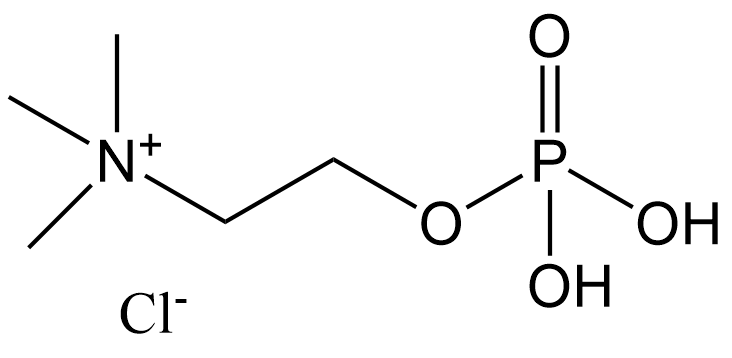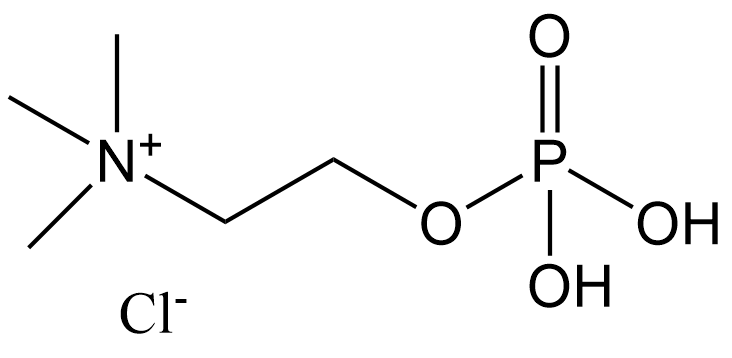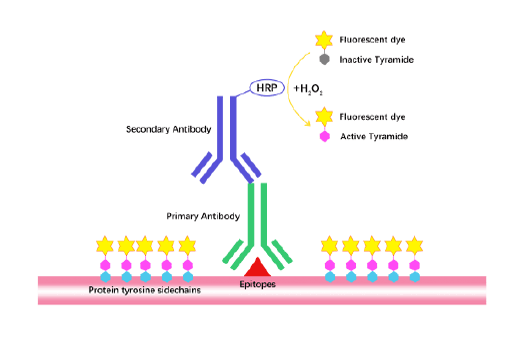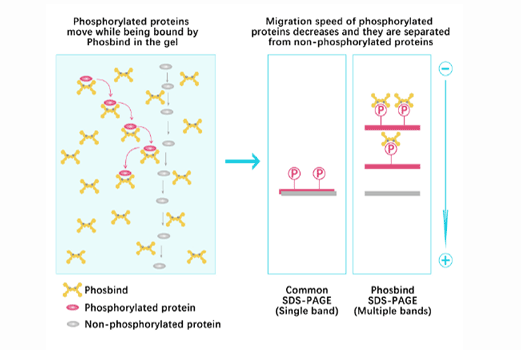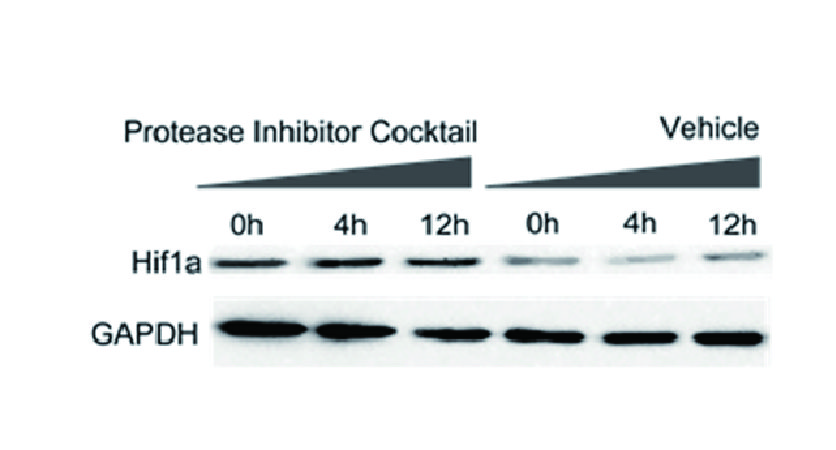Phosphorylcholine chloride
Phosphorylcholine chloride (CAS 107-73-3) is a small molecule containing a phosphorylcholine moiety, which is widely present in biological membrane phospholipids, such as phosphatidylcholine. Its biological activity is primarily manifested in its ability to mimic the phosphorylcholine structure on cell membrane surfaces, thereby conferring excellent biocompatibility and resistance to protein adsorption. Functionally, phosphorylcholine chloride is commonly employed for the surface modification of biomaterials to reduce coagulation and immune responses upon contact with blood, thereby enhancing the bioinertness of the materials. The underlying mechanism involves the formation of a cell membrane-mimetic hydrophilic layer on the material surface, which inhibits nonspecific adsorption of proteins and cells, thus reducing the risk of inflammatory reactions and thrombosis. In addition, the phosphorylcholine structure can participate in various biological processes, including cell signal transduction and lipid metabolism.
| Storage | 4°C, sealed storage, away from moisture |
| M.Wt | 219.6 |
| Cas No. | 107-73-3 |
| Formula | C5H15ClNO4P |
| Synonyms | Phosphocholine chloride |
| Solubility | ≥17.25 mg/mL in DMSO;≥32.3 mg/mL in EtOH;≥33.5 mg/mL in H2O |
| Chemical Name | N,N,N-trimethyl-2-(phosphonooxy)ethan-1-aminium chloride |
| SDF | Download SDF |
| Canonical SMILES | C[N+](C)(C)CCOP(O)(O)=O.[Cl-] |
| Shipping Condition | Small Molecules with Blue Ice, Modified Nucleotides with Dry Ice. |
| General tips | We do not recommend long-term storage for the solution, please use it up soon. |
Quality Control & MSDS
- View current batch:
-
Purity = 98.00%
- COA (Certificate Of Analysis)
- MSDS (Material Safety Data Sheet)
Chemical structure
